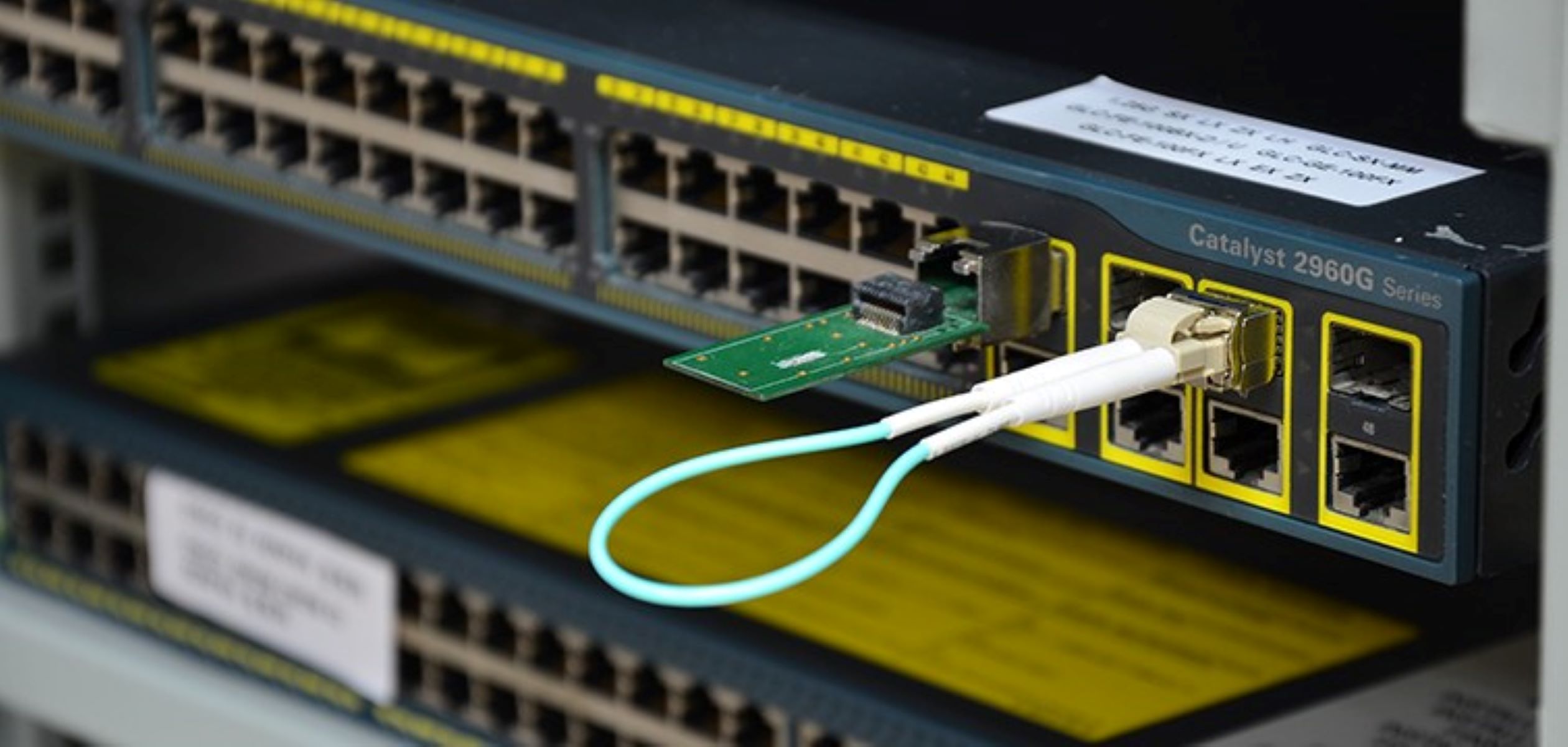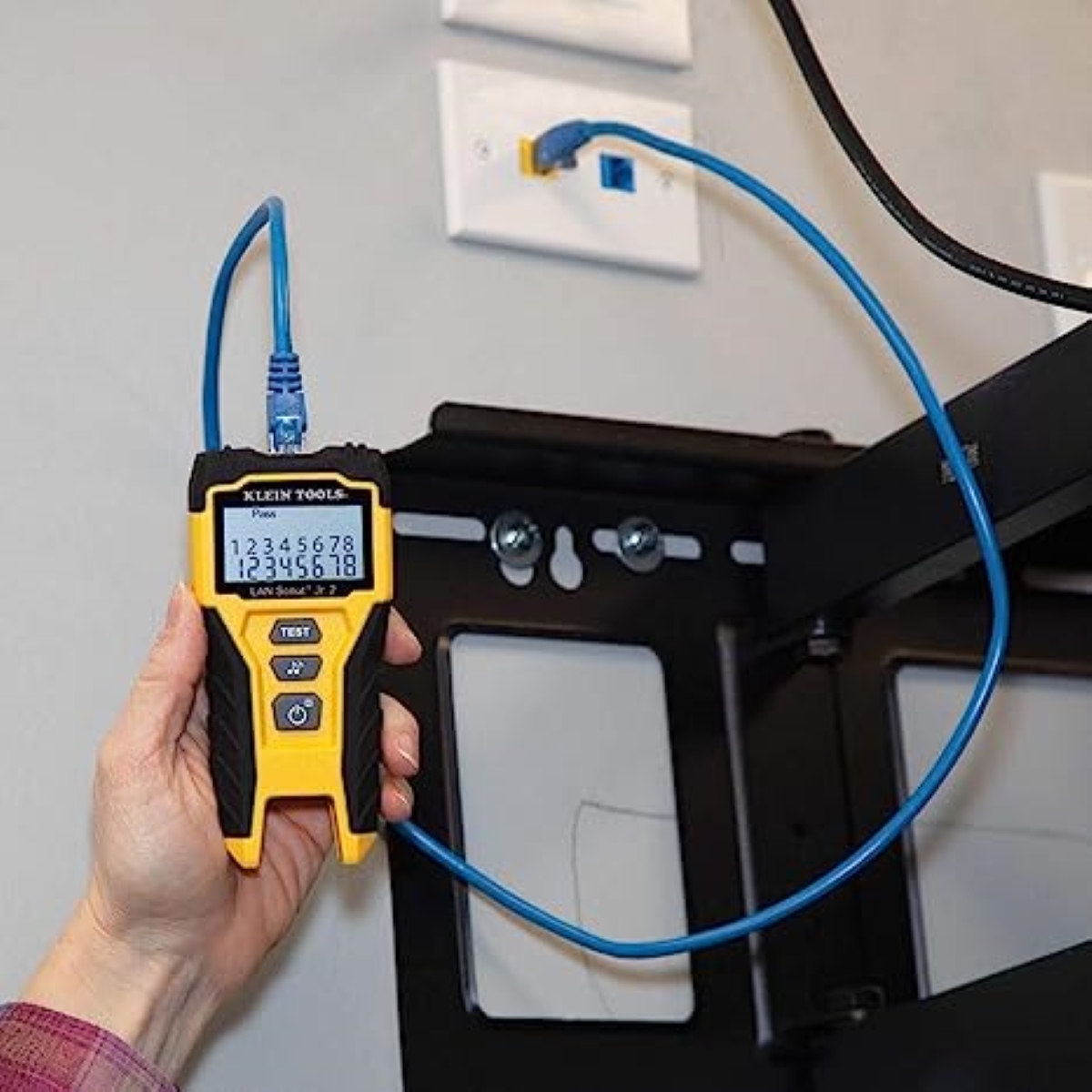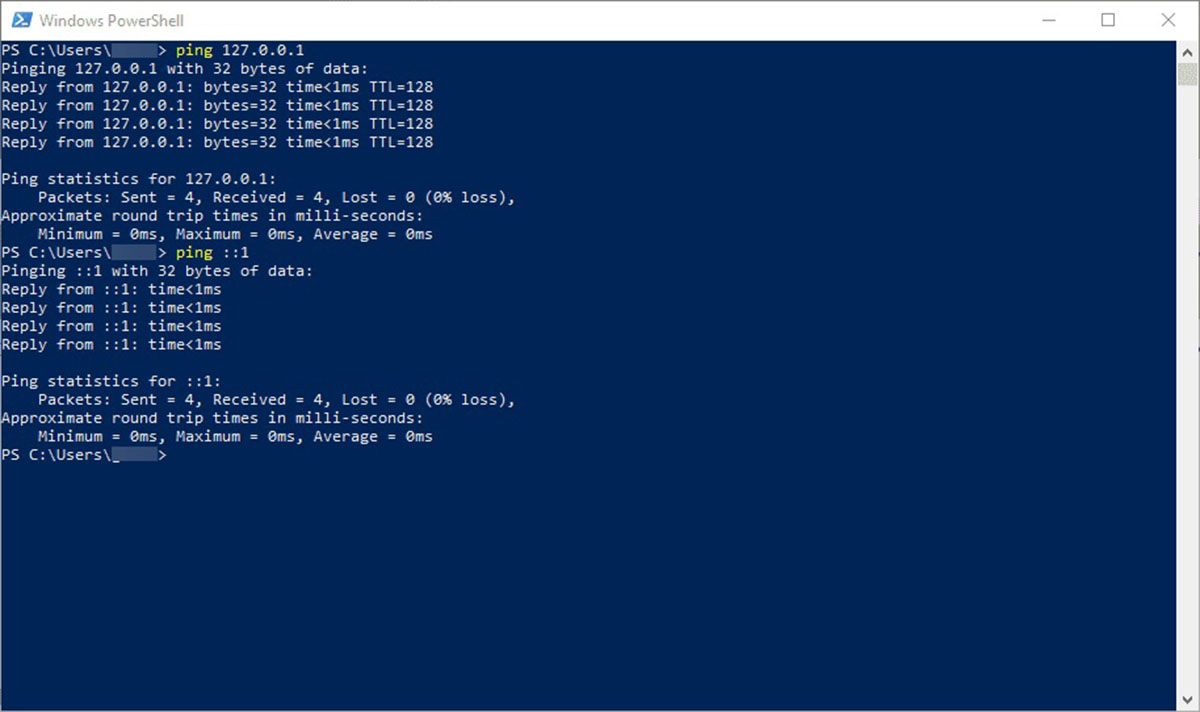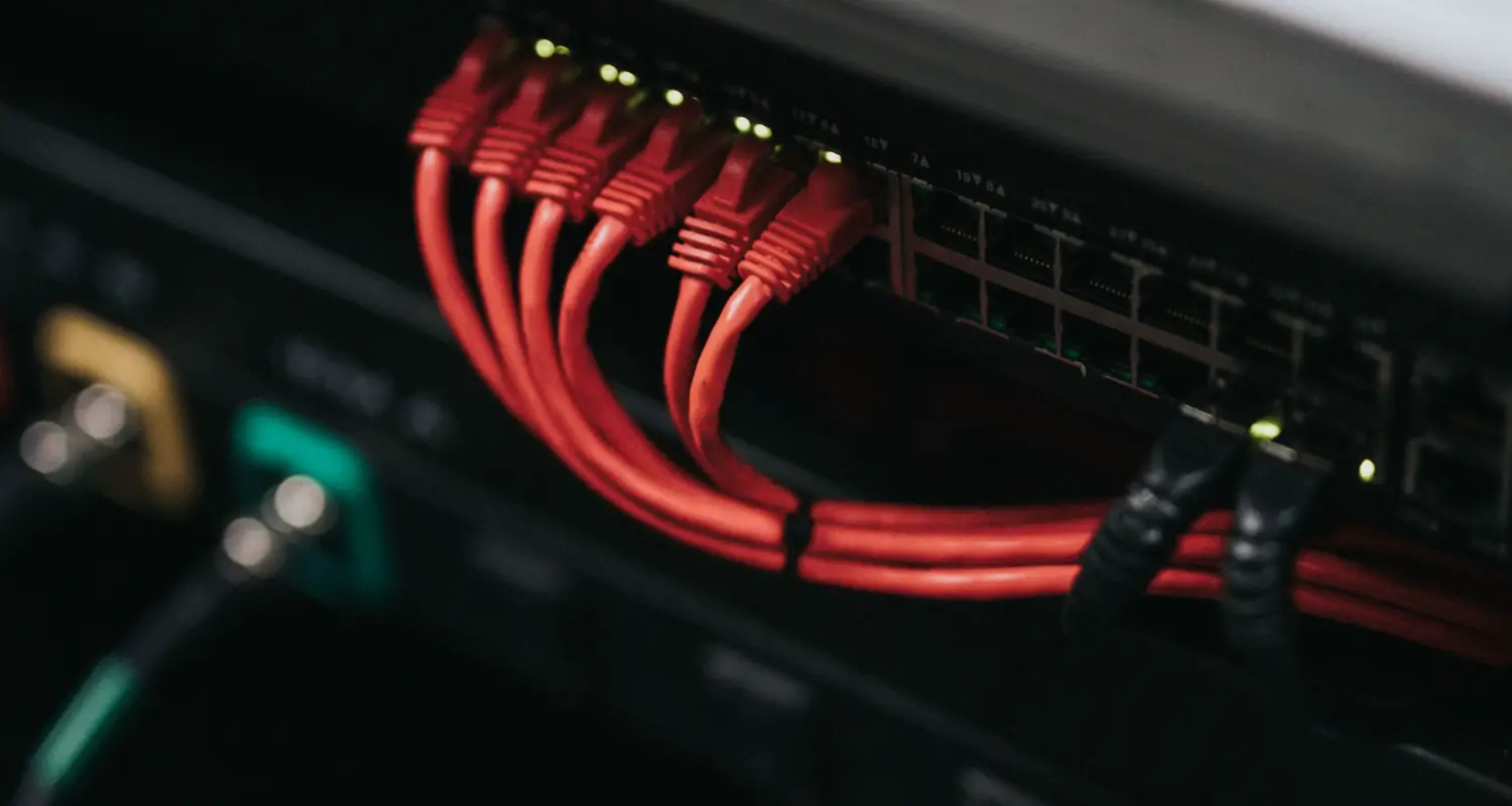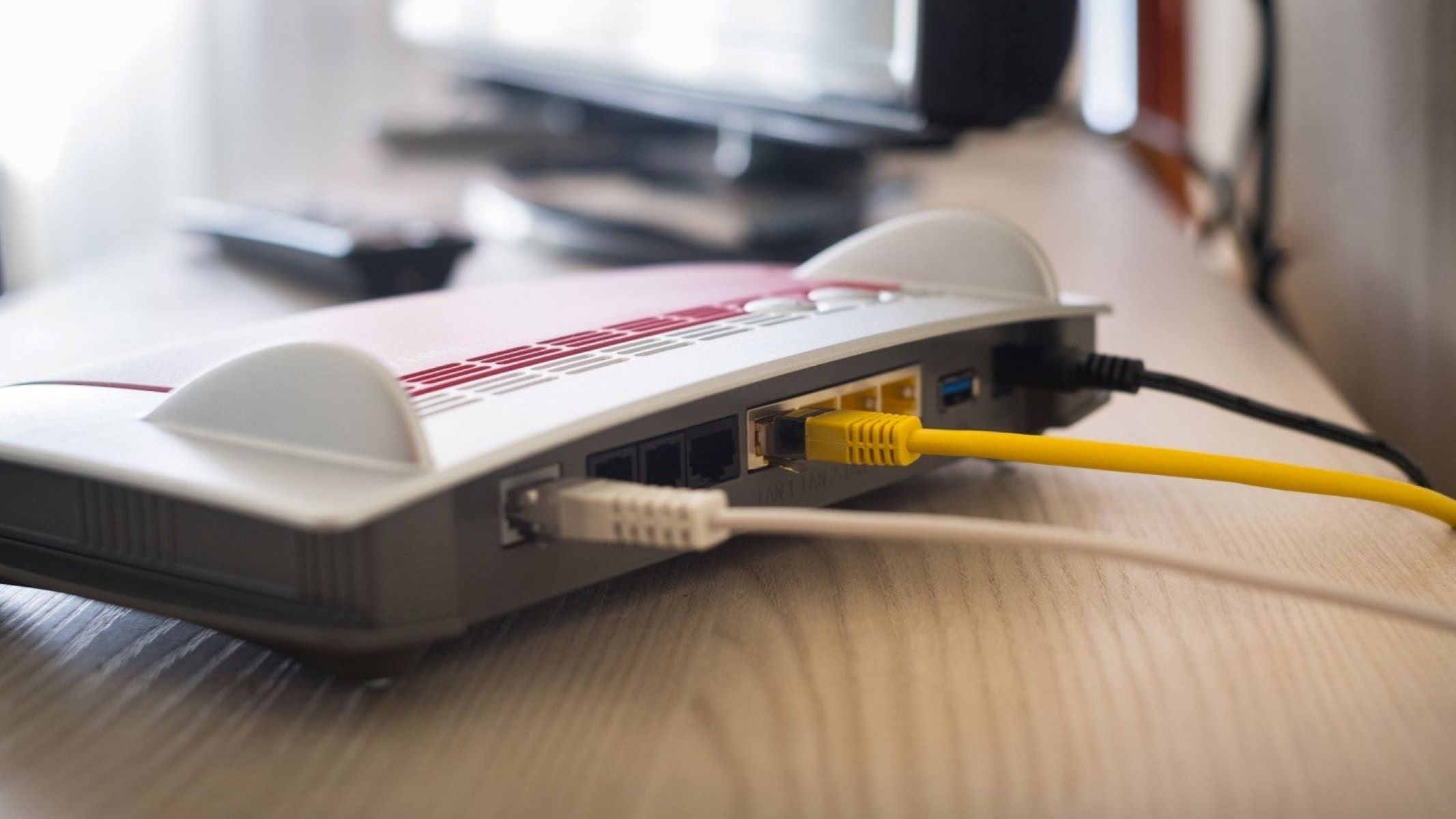Introduction
Ethernet cables are essential components of network infrastructure, allowing devices to communicate and transfer data. However, like any other type of connection, Ethernet cables can experience issues that can affect network performance. It is crucial to regularly test these cables to identify any potential problems and ensure optimal functionality.
In order to test Ethernet cables and check for connectivity issues, a loopback connection can be created. A loopback connection is a testing method that allows data sent from a device to be redirected back to the same device for evaluation. This way, network administrators and technicians can determine if the Ethernet cable is functioning properly or if there are any faults or connectivity problems.
The importance of testing Ethernet cables cannot be overstated. A faulty cable can lead to network disruption, slow data transfer speeds, and even complete connection failure. By regularly testing Ethernet cables and ensuring they are in good working condition, network administrators can maintain a reliable and efficient network infrastructure.
In order to effectively test Ethernet cables and create a loopback connection, specific tools are required. These tools are designed to simulate network connections and enable the evaluation of cable performance. In the following sections, we will explore some of the commonly used tools for testing Ethernet cables and creating loopback connections.
What is a loopback connection?
A loopback connection is a method used to test network devices, such as Ethernet cables, by creating a virtual loop within the same device. It allows data to be sent from the device and then redirected back to itself for evaluation. This testing technique is employed to ensure that the device is functioning properly and to identify any potential issues or faults in the network connection.
When a loopback connection is established, the device sends data through its network interface. Instead of being transmitted to an external device or network, the data is immediately looped back and received by the same device. This allows the device to analyze the data and evaluate its performance, checking for any errors or connectivity problems.
A loopback connection can be seen as a self-diagnostic tool for network devices. It helps to determine if the device is properly transmitting and receiving data, as well as if the Ethernet cable is functioning correctly. By creating this self-contained loop, network administrators and technicians can verify the integrity of the connection without the need for external devices or connections.
Loopback connections are commonly used in troubleshooting and testing scenarios. For example, if there are issues with data transfer or connectivity in a network, performing a loopback test can help identify whether the problem lies within the device itself or in the network infrastructure. Additionally, loopback connections are useful for verifying the functionality of Ethernet cables during installation or maintenance processes.
Overall, loopback connections serve as a valuable testing tool in networking. They provide a convenient and efficient way to evaluate the performance of devices and identify any potential problems. By utilizing loopback connections, network administrators can ensure the reliability and efficiency of their network infrastructure.
Importance of testing Ethernet cables
Testing Ethernet cables is of paramount importance in maintaining a reliable and efficient network infrastructure. Here are several reasons why testing Ethernet cables is crucial:
- Ensuring proper connectivity: Ethernet cables serve as the backbone of network connections, linking devices together to facilitate data transfer. By testing these cables, network administrators can ensure that there are no issues with the physical connection. A faulty or improperly connected cable can lead to slow data transfer speeds, intermittent connectivity, or even complete connection failure.
- Identifying faults and issues: Ethernet cables can develop faults over time due to wear and tear, environmental factors, or improper installation. Testing cables allows network administrators to identify any potential faults or issues such as loose connectors, damaged wires, or interference. Detecting these problems early on can prevent network disruptions and enable timely repairs or replacements.
- Optimizing network performance: Reliability and performance are key factors in network operations. By regularly testing Ethernet cables, network administrators can identify and address any potential bottlenecks or performance issues. This ensures that the network operates at its full potential, enabling efficient data transfer and minimizing latency or packet loss.
- Verifying cable installations: When installing new Ethernet cables or making changes to the network infrastructure, testing is essential to verify that the cables are correctly installed and functioning as intended. This helps to ensure that the network is set up properly, reducing the likelihood of future issues and minimizing the need for troubleshooting or rework.
- Maintaining network security: Properly functioning Ethernet cables are essential for maintaining a secure network. Through testing, network administrators can ensure that cables are not compromised or tampered with, reducing the risk of unauthorized access or data breaches.
Testing Ethernet cables should be part of regular network maintenance and troubleshooting practices. By proactively testing and addressing any issues, network administrators can ensure a robust and reliable network infrastructure that meets the demands of the connected devices and users.
Tools used to test Ethernet cables and create a loopback connection
Several tools are available for testing Ethernet cables and creating a loopback connection. These tools help network administrators and technicians evaluate cable performance and diagnose any potential issues. Here are three commonly used tools:
- Ethernet loopback plug: An Ethernet loopback plug is a small device that plugs directly into an Ethernet port. It simulates a loopback connection by sending data from the device and receiving it back through the same port. Loopback plugs are compact, portable, and easy to use. They are an affordable option and can be used to test individual ports on switches, routers, or network interface cards (NICs).
- Ethernet loopback adapter: An Ethernet loopback adapter is a device that connects to the end of an Ethernet cable. It creates a loopback connection by reflecting the data transmitted through the cable back to the device. Loopback adapters are particularly useful for testing long Ethernet cable runs or in situations where direct access to the network ports is not feasible. They are often used in conjunction with network testers or analyzers to assess cable performance.
- Network loopback tester: A network loopback tester is a comprehensive tool designed specifically for testing Ethernet cables and creating loopback connections. It combines the functionality of a loopback plug or adapter with additional diagnostic features. Network loopback testers can measure cable length, check for cable faults or wiring issues, and provide detailed reports on cable performance. They are capable of testing multiple cables simultaneously and are commonly used for cable certification and troubleshooting.
When using these tools, it is essential to follow the manufacturer’s instructions and guidelines for proper setup and usage. Test results should be interpreted based on the specific tool being used and compared against industry standards or performance benchmarks.
Using the appropriate tools for testing Ethernet cables and creating loopback connections is crucial in maintaining a reliable network infrastructure. Regular testing helps to identify and resolve cable-related issues, ensuring optimal performance and minimizing network downtime. It is recommended that network administrators include cable testing as part of their routine network maintenance and troubleshooting procedures.
Ethernet loopback plug
An Ethernet loopback plug is a simple and cost-effective tool used for testing Ethernet cables and creating loopback connections. It is a small device that plugs directly into an Ethernet port, simulating a loopback connection by sending data from the device and receiving it back through the same port.
Using an Ethernet loopback plug is relatively straightforward. Network administrators or technicians can insert the plug into the desired Ethernet port on switches, routers, or network interface cards (NICs). Once connected, the loopback plug will begin sending data and receiving it back, allowing for testing and evaluation of the Ethernet cable and port.
One of the primary advantages of an Ethernet loopback plug is its simplicity. The plug is designed to be small and portable, making it easy to carry and use in various network environments. It requires no external power source or complicated setup procedures. Simply plug it in, and it will initiate the loopback connection.
Ethernet loopback plugs are commonly used for individual port testing. They allow network administrators to determine whether a specific port is functioning correctly or if there are any issues with the Ethernet cable connected to it. By sending and receiving data through the same port, the loopback plug can verify if the cable is properly transmitting and receiving data without any errors.
Additionally, some loopback plugs may have LED indicators or diagnostic features to provide visual feedback on the connection status or possible faults. These indicators can help identify issues such as poor cable quality, loose connections, or Ethernet port malfunctions.
It is important to note that Ethernet loopback plugs have limitations. They are primarily intended for testing individual ports and may not be suitable for testing longer cable runs or identifying specific cable faults. For more comprehensive cable testing and certification, network loopback testers or other advanced tools are recommended.
Nevertheless, Ethernet loopback plugs serve as a convenient and cost-effective solution for basic Ethernet cable testing and loopback connections. They are an essential tool in the network administrator’s toolbox, providing a quick and effective way to verify network connectivity and isolate potential issues with Ethernet ports and cables.
Ethernet loopback adapter
An Ethernet loopback adapter is a versatile tool used for testing Ethernet cables and creating loopback connections. Unlike an Ethernet loopback plug that connects directly to an Ethernet port, a loopback adapter is designed to be connected to the end of an Ethernet cable.
The Ethernet loopback adapter creates a loopback connection by reflecting the data transmitted through the cable back to the device. This simulates a loopback scenario, allowing network administrators or technicians to test the cable’s integrity and evaluate its performance.
To use an Ethernet loopback adapter, simply attach it to one end of the Ethernet cable. The other end of the cable can be connected to the desired Ethernet port on a switch, router, or network device. Once connected, data transmitted through the cable will be received back by the same device via the loopback adapter.
One of the primary advantages of using an Ethernet loopback adapter is its flexibility. It can be used to test various lengths of Ethernet cables, making it ideal for testing long cable runs or situations where direct access to the network ports is not feasible. This feature is especially valuable when troubleshooting or certifying network installations.
Ethernet loopback adapters come in different forms, including plug-style adapters that easily connect to the end of a terminated Ethernet cable. Some adapters may also include LED indicators or diagnostic features, providing visual feedback on the connection status or potential cable faults.
While Ethernet loopback adapters are effective for creating loopback connections and testing cable integrity, it is important to note their limitations. They primarily focus on evaluating the physical properties of the cable, such as connectivity and signal transmission. Advanced cable testing and certification may require the use of network loopback testers or other specialized tools.
Nevertheless, Ethernet loopback adapters are valuable tools for quickly testing Ethernet cables and creating loopback connections. They offer flexibility and convenience, enabling network administrators to identify cable issues, assess performance, and troubleshoot connectivity problems efficiently.
Network loopback tester
A network loopback tester is a comprehensive tool specifically designed for testing Ethernet cables and creating loopback connections. It combines the functionality of a loopback plug or adapter with additional diagnostic features to provide a comprehensive assessment of cable performance.
Network loopback testers are capable of measuring cable length, checking for cable faults or wiring issues, and providing detailed reports on cable performance. They are often used for cable certification, troubleshooting, and maintaining the overall health of the network infrastructure.
Using a network loopback tester typically involves connecting the tester to both ends of the Ethernet cable being tested. The tester will then send signals through the cable and measure the quality of the transmission. The tester can detect issues such as cable faults, signal loss, or improper termination, providing detailed information about the overall health and performance of the Ethernet cable.
One of the primary advantages of a network loopback tester is its ability to perform comprehensive cable testing and certification. It can verify the cable’s compliance with industry standards, ensuring that it meets the necessary criteria for proper data transmission. The tester can also generate detailed reports that document the cable’s performance, enabling network administrators to record and track cable status over time.
In addition to cable testing, network loopback testers often include features such as port identification, link status verification, and the ability to detect and identify network devices on the other end of the cable. These features can be invaluable for troubleshooting network connectivity issues and identifying potential problems within the network infrastructure.
While network loopback testers provide advanced cable testing capabilities, they are typically more expensive and complex compared to other tools. Network administrators and technicians should familiarize themselves with the specific features, functionality, and operation of the tester to ensure accurate and meaningful test results.
Network loopback testers play a critical role in maintaining a reliable and efficient network infrastructure. They offer in-depth testing capabilities, allowing network administrators to diagnose cable issues, ensure compliance with industry standards, and optimize network performance.
How to use these tools effectively
To effectively use the tools for testing Ethernet cables and creating loopback connections, network administrators and technicians should follow these guidelines:
- Understand the tool: Familiarize yourself with the specific tool you are using. Read the manufacturer’s instructions and documentation to understand how the tool functions, its limitations, and any specific requirements for proper usage.
- Prepare the test environment: Create a suitable test environment to ensure accurate results. This may involve connecting the tool to the appropriate ports or connecting the loopback adapter to the end of the Ethernet cable. Clear any potential obstacles or interference that could affect the testing process.
- Follow proper cable connections: Ensure that the Ethernet cable is properly connected to the tool or loopback adapter. Make sure the cable is securely inserted into the appropriate port or connector to avoid any loose connection issues.
- Execute the test: Initiate the testing process according to the instructions provided with the tool. This may involve activating the tool or sending test signals through the Ethernet cable. Allow sufficient time for the tool to perform its tests and collect accurate data.
- Interpret the test results: Once the test is complete, analyze the results provided by the tool. Look for any indications of cable faults, signal loss, or other issues that may affect network performance. Compare the results to industry standards or performance benchmarks to determine if the cable meets the required criteria.
- Document and track results: Maintain records of the test results to track the performance and history of the Ethernet cables. This documentation can be valuable for future reference, troubleshooting, and ensuring compliance with network standards. Use the tool’s reporting features or create a system for systematically recording the results.
- Perform regular testing: Make testing Ethernet cables and creating loopback connections a part of your regular network maintenance routine. Perform tests periodically or during installation and maintenance processes to identify any potential issues and ensure the reliability and performance of the network infrastructure.
By following these steps and using the tools properly, network administrators can effectively test Ethernet cables, diagnose issues, and maintain a robust and efficient network infrastructure.
Conclusion
Testing Ethernet cables and creating loopback connections are essential practices for maintaining a reliable and efficient network infrastructure. By regularly testing Ethernet cables, network administrators can identify potential issues, ensure proper connectivity, optimize network performance, and maintain network security.
In this article, we explored three commonly used tools for testing Ethernet cables and creating loopback connections. Ethernet loopback plugs provide a simple and cost-effective solution for testing individual ports, while Ethernet loopback adapters offer flexibility for testing longer cable runs. Network loopback testers provide comprehensive cable testing capabilities, including length measurement, fault detection, and cable certification.
To use these tools effectively, it is important to understand their functionality, prepare the test environment, follow proper cable connections, execute the test according to the instructions, interpret the results accurately, and document the findings for future reference.
By incorporating regular cable testing and loopback connections into network maintenance routines, network administrators can proactively identify and resolve cable-related issues, ensuring the overall reliability and performance of the network infrastructure.
In conclusion, testing Ethernet cables and creating loopback connections are vital processes to maintain a robust and efficient network. Using the appropriate tools and following best practices allows network administrators to ensure proper connectivity, optimize performance, and troubleshoot network issues effectively.







